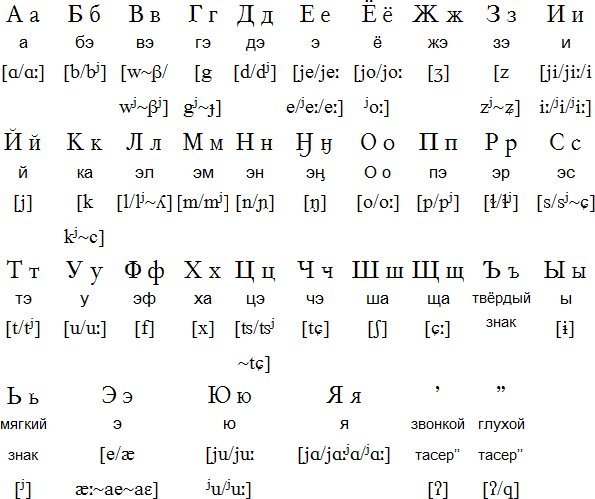Nenets belongs to the Samoyedic branch of the Finno-Ugric languages. It is spoken by about 27,000 people in Siberia, particularly in the Nenets, Yamalo-Nenets, and Taymyr Autonomous Okrugs, in the Komi Republic, and in the eastern parts of Murmansk Oblast on the Kola peninsula.
There are two main dialects of Nenets: Tundra Nenets (Ненэцяʼ вада) and Forest Nenets (Нешаӈ вата), and there is only limited mutual intelligibility between them. About 95% of Nenets speakers speak Tundra Nenets.
Nenets first appeared in written form in the 1830s in reglious texts published by archimandrite Venyamin Smirnov. Before then the Nenets used various pictographic symbols called tamga to mark property. In 1931 a standard, Latin-based orthography was established, then the Cyrillic alphabet was adopted in 1937.



Some of the information on this page was provided by Wolfram Siegel and 이윤호
Ет хибяри ненэць соямарианта хуркари правада тнява, ӈобой ненээя ниду нись токалба, ӈыбтамба илевату тара.
Et xibjari nenėc’ sojamarianta xurkari pravada tnjava, ṇoboj nenėėja nidu nic’ tokalba, ṇybtamba ilevatu tara.
All human beings are born free and equal in dignity and rights. They are endowed with
reason and conscience and should act towards one another in a spirit of brotherhood.
(Article 1 of the Universal Declaration of Human Rights)
Information about the Nenets language and people
http://en.wikipedia.org/wiki/Nenets_language
http://www.helsinki.fi/~tasalmin/tn.html
http://www.eki.ee/books/redbook/nenets.shtml
Enets, Erzya, Estonian, Finnish, Hungarian, Karelian, Khanty, Komi, Kven, Livonian, Mansi, Mari, Moksha, Nenets, Saami, Udmurt, Veps, Võro, Votic
Other languages written with the Latin and Cyrillic alphabets